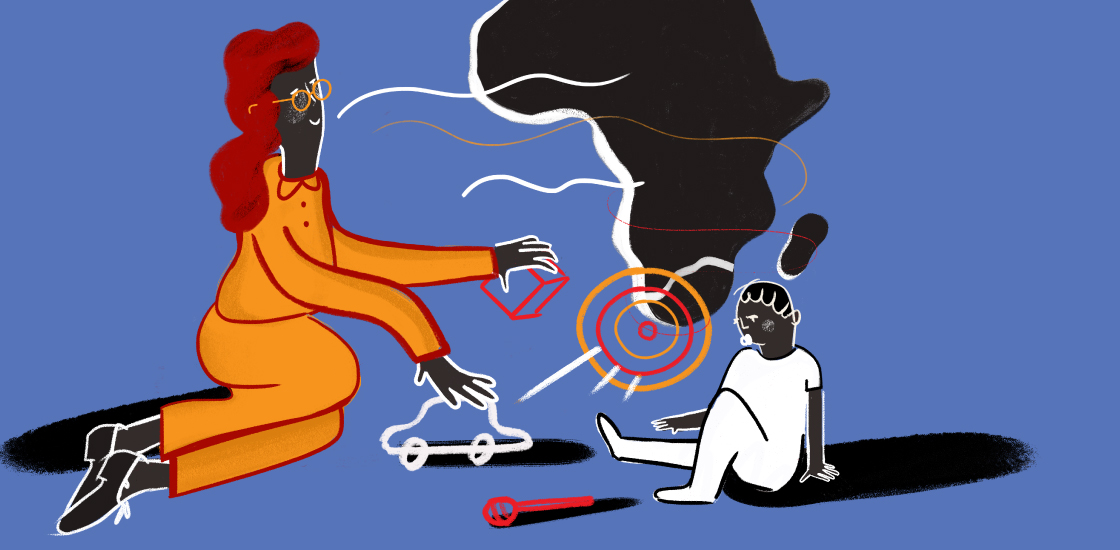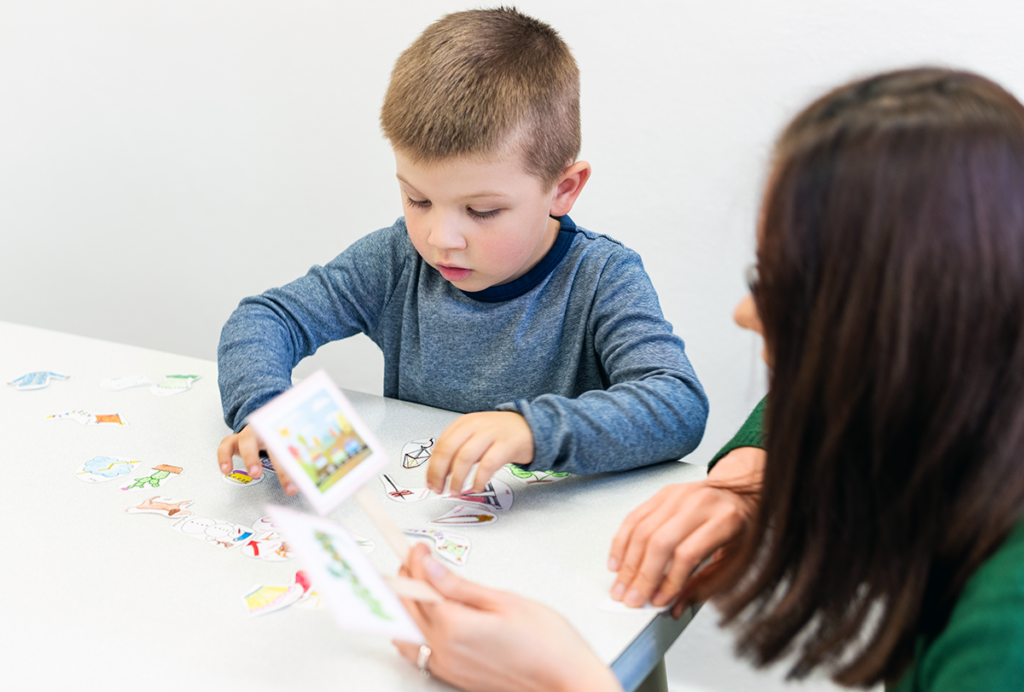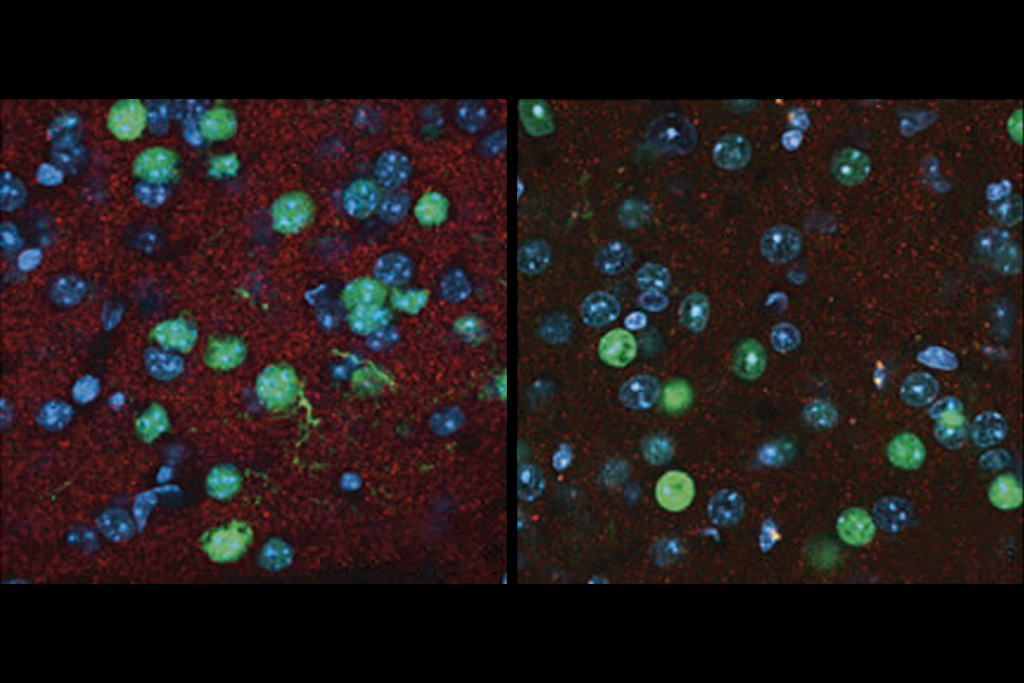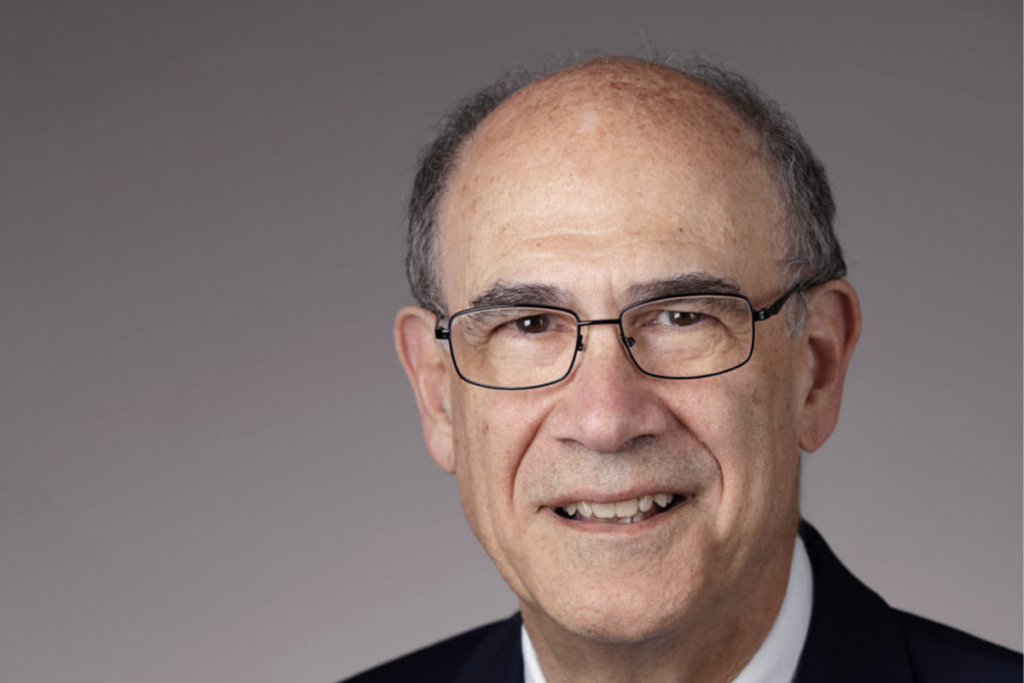How to offer support for young autistic children in South Africa
Coaching caregivers in early-intervention strategies may be the most effective way to help young autistic children in South Africa.

Autism affects people everywhere in the world, but the problem is most significant in low- and middle-income countries.
In these countries, infant mortality has decreased significantly as a result of valiant public-health efforts over the past three decades. However, as survival rates increased, so too have the rates of developmental disabilities. Sub-Saharan Africa in particular has seen more than a 70 percent increase in the number of children with developmental disabilities, including autism, from 1990 to 20161.
As many as three in five children in sub-Saharan Africa are at risk of developmental disabilities, due, at least in part, to poverty, malnutrition and social deprivation. Yet services are extremely limited. Sectors that provide care are not integrated, and policies to support affected children are scarce.
Interventions for autism have been developed almost exclusively in high-income countries. Those interventions may not translate easily to settings with fewer resources, different cultures and different policy landscapes.
We have sought to understand the context for delivering early-intervention services in a low-resource setting by conducting in-depth interviews with caregivers and policymakers2,3. We interviewed 28 caregivers and eight policymakers or senior clinicians in South Africa to explore caregiver perspectives on early intervention, supports available to children with the condition and the policy landscape.
Our goal was to gather the information necessary for developing a sustainable model of care for young children and families affected by autism. A sustainable early-intervention approach should take into account the needs of children, the preferences of caregivers and the realities on the ground in South Africa.
Scant support:
South Africa is marked by stark health disparities. Young children with autism or related developmental conditions and their families get almost no services or support. The vast majority of South Africans rely on the national public-health system for their basic healthcare needs.
Families who have a child with health or developmental problems typically bring them to a community clinic. If a clinic nurse or doctor flags a child for further evaluation, families typically face wait times of 18 months.
Some children diagnosed with autism are lucky enough to receive speech or occupational therapy — perhaps one 30-minute session every four to six weeks. But many of them wait years to be placed in special-needs schools. In the Western Cape Province of South Africa, for example, the number of children with autism waiting for school placement rose 276 percent from 2012 to 20164.
The majority of ongoing care falls to the family, which may receive a small grant to support some of the time spent caring for the child. But caregivers receive no education or training to help them engage with their children and support their child’s development.
Given the scarcity of specialists in most low- and middle-income countries, it is important to involve caregivers of autistic children in the delivery of any treatment. It also is important to include families’ preferences when developing a therapy. In our study, South African caregivers told us that they want affordable, in-home early intervention, individualized to their child’s needs.
However, we found that officials at two of the three Western Cape provincial departments where we made inquiries did not see autism as a stand-alone developmental disability. They did not identify children with autism as a group with specific needs. Rather, they viewed these children as part of a broad and mixed group with “barriers to learning.”
We were also surprised to hear some of these policymakers and senior clinicians tell us that they know little about autism. Some did not know the typical prevalence of autism in the world or its impact on society. And yet, these same officials are responsible for identifying and providing services for autistic children. This lack of knowledge may partly be related to the fact that there are no official South African prevalence data on autism.
Call to action:
Despite these gaps in knowledge and resources, we have hope. South Africa does have a general policy on the importance of early detection and intervention for children with developmental disabilities. We aim to align that policy with action by developing and testing an evidence-based early intervention in which nonspecialists, such as early-childhood-development workers, coach caregivers in intervention strategies.
So-called ‘naturalistic developmental behavioral interventions’ comprise a class of proven autism therapies that caregivers can deliver at home5. The aim is to enhance communication and social interaction by capitalizing on a child’s motivations and interests.
Caregivers are coached to respond to a child at her developmental level and to teach the child appropriate skills. For instance, if a child is spinning the wheels on a toy car, a caregiver can imitate the play (with a second car), narrate what’s happening (add language) and over time, model appropriate social behaviors (push car along the floor or exchange cars). Caregivers can use these strategies throughout the day, spurring ongoing learning.
Even in a country where autism is not recognized as a stand-alone condition, coaching caregivers to deliver this type of behavioral intervention could be beneficial, as these strategies may also help children with other developmental conditions6.
In 2013, the World Health Organization published a call to action for greater attention to autism around the globe7. Our work advances this goal in one country. Ultimately, we hope to develop a model that could address an unmet and growing need in other countries in Africa.
Lauren Franz is assistant professor of psychiatry and global health at Duke University in Durham, North Carolina. Petrus de Vries is Sue Struengmann Professor of Child and Adolescent Psychiatry at the University of Cape Town in South Africa.
References:
- Olusanya B.O. et al. Lancet Glob. Health 6, e1100-e1121 (2018) PubMed
- Guler J. et al. Autism 22, 1005-1017 (2018) PubMed
- Franz L. et al. J. Child Adolesc. Ment. Health 30, 149-165 (2018) PubMed
- Pillay S. et al. (2017, September) How many children with autism spectrum disorder are there in South African schools. Abstract presented at the Africa Regional INSAR, Stellenbosch, South Africa ResearchGate
- Schreibman L. et al. J. Autism Dev. Disord. 45, 2411-2428 (2015) PubMed
- Wallace K.S. and S.J. Rogers J. Child Psychol. Psychiatry 51, 1300-1320 (2010) PubMed
- World Health Organization (2013) Comprehensive and coordinated efforts for the management of autism spectrum disorders. Full text
Recommended reading

Genetic profiles separate early, late autism diagnoses

SHANK3 deficiency and behavior in mice; and more

Autism scientists push back on CDC’s inaccurate vaccine claims
Explore more from The Transmitter

To persist, memories surf molecular waves from thalamus to cortex

Sex hormone boosts female rats’ sensitivity to unexpected rewards
